Punctuation is one of the most basic tools in the writer's toolbox. But let's face it, we all struggle with it sometimes!
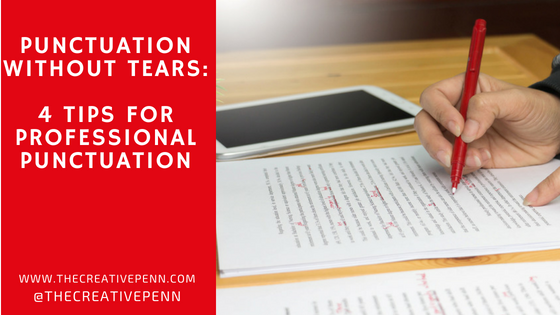 We can use professional editors, proofreaders, and services like Grammarly to help us fix our mistakes, but it's important to understand the fundamentals.
We can use professional editors, proofreaders, and services like Grammarly to help us fix our mistakes, but it's important to understand the fundamentals.
In today's article, Dominic Selwood, author of Punctuation Without Tears, gives us some tips.
All writers feel anxious about punctuation.
In 1813, Lord Byron wrote to his publisher to ask if anyone could correct his manuscript of The Giaour. ‘I am I fear,’ he admitted, ‘a sad hand at your punctuation’.
A few decades later, Charlotte Brontë wrote to her publisher with a similar concern about the manuscript of Jane Eyre. ‘I have to thank you for punctuating the sheets before sending them to me,’ she noted, ‘as I found the task very puzzling — and besides I consider your mode of punctuation a great deal more correct and rational than my own’.
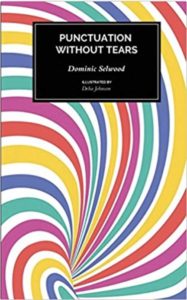 Then there was Oscar Wilde, relating over lunch to someone who did not like writers that he had been feverishly busy all morning with a comma. He explained how — after much agonizing — he had eventually removed it, then reinstated it before abandoning the manuscript and heading off to lunch.
Then there was Oscar Wilde, relating over lunch to someone who did not like writers that he had been feverishly busy all morning with a comma. He explained how — after much agonizing — he had eventually removed it, then reinstated it before abandoning the manuscript and heading off to lunch.
So, to everyone who occasionally feels unsettled about punctuation, it’s heartening to know we’re in good company!
With that in mind, here are my top tips for getting to grips with punctuation once and for all.
1. Forget the Old Rules
First up, forget the old rules. This might sound a bit radical, but it’s not really. Most of the old rules relate to a rather stilted, formal English, which is now long gone. Today’s English is far freer, and so is its punctuation.
Take the following example:
Vector loaded the Squid Launcher. He licked his lips with anticipation. He would show them. All of them. Tonight.
A school teacher thirty years ago would have had kittens, fulminating that the final two sentences are abominations. He or she would have scored them through with a red pencil, insisting that every sentence must have a subject and a verb.
But today — in all honesty — no one cares. There is no requirement to write in full sentences anymore, and it’s liberating. You can create great effects. Like this. Or this. Ha!
So, Tip #1 is to cleanse and declutter your mind of the old rules that once filled impenetrable grammar books. You need to know a few of the most basic principles, but the majority are now irrelevant and of historical interest only.
2. Be Creative with Your Punctuation
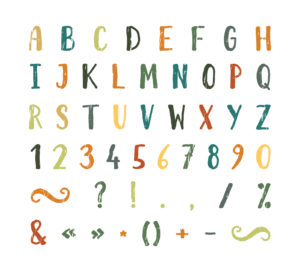 There are only three things you can put on a page: letters, punctuation, and spaces.
There are only three things you can put on a page: letters, punctuation, and spaces.
That’s not a lot, really, out of which to conjure up worlds of fiction and non-fiction.
In fact, this is such a limited group of tools that, as a writer, you need to give the same degree of creative thought to each of them. What do I mean? Well, read this:
All sorts of things get stuck in Wookie fur: duct tape, intergalactic dust, and small mammals.
And then this:
All
sorts
of things
get stuck
in Wookie fur —
duct tape
intergalactic dust
and small
mammals
The words are identical. The only difference is the punctuation and spacing, which have made the two texts radically different.
Tip #2 is to acknowledge the power of punctuation to impact the feel of your writing, and accordingly to welcome it into your creative toolkit.
Punctuation shouldn’t be an afterthought.
It’s not something to leave to a copyeditor. It’s a vital part of how you create the atmosphere in your piece.
Here’s a less extreme example. You might write ‘to be or not to be that is the question’ and leave it for an editor to sort out. He or she might then come back with:
To be or not to be: that is the question.
(Literary, but a bit cold)
To be or not to be? That is the question.
(A little more quizzical)
To be, or not to be — that is the question.
(More languid, and a touch reflective)
To be. Or not to be. That is the question.
(Modern, and mildly brutalist)
If you leave an editor to punctuate your text, you are handing over control of its mood. If, instead, you think of punctuation as a vital component of your vision, you’ll take a pride in it — in how you deploy it — and you’ll approach it with as much care as the words you choose.
3. Punctuation is your Rhythm Section
One of punctuation’s most important functions is to set the speed and feel of a piece of writing. If the text was a band, punctuation would be the rhythm section: it lays down the framework for everything, dictating the tempo and fluidity of the piece.
Look at these three sentences:
Santa Claus wanted just one thing for Christmas: revenge.
Santa Claus wanted just one thing for Christmas — revenge.
Santa Claus wanted just one thing for Christmas. Revenge.
They’re all fine. No one is going to snort or recoil at any of them. But they each feel different thanks to the punctuation mark before the final word.
So, before you start writing, think about your rhythm section.
What mood are you going for?
- Light?
- Airy?
- Jazzy?
- Solid?
- Technical?
- Four-to-the-floor?
You will use different punctuation for different types of writing. A book for toddlers about zombies versus Stormtroopers requires a different approach in punctuation than a step-by-step guide to DIY root canal surgery.
Each demands a distinct feel to fit convincingly into its genre.
 For instance, in a simple story book you might decide to avoid brackets because they are annoying and break the flow of the tale. However, if you are writing a set of instructions for assembling furniture, they may be just the thing:
For instance, in a simple story book you might decide to avoid brackets because they are annoying and break the flow of the tale. However, if you are writing a set of instructions for assembling furniture, they may be just the thing:
To assemble the guillotine, insert the upright case (Part A) into the long bench (Part B), then slot in the slanted blade (Part C). As always when working in your home workshop, watch your fingers. When completed, keep safely away from children and aristocrats.
Punctuation can give you all sorts of creative options for enhancing the feel of your writing. So, as well as getting stuck into the vocal and guitar melodies, think long and hard about the rhythm section. They work together, and ultimately it’s the interplay that creates the coherence of the whole.
4. Know the Horrors
So far I have recommended that you concentrate on the basics and forget a lot of the old rules, that you get creative, and that you embrace punctuation as the rhythmic foundation of your writing.
On one level I am saying you should relax and feel free to enjoy experimenting with how different punctuation can fundamentally affect and colour your writing.
However, I am not suggesting you can do whatever you want. There are some fundamental principles that have to be observed.
- Full stops (or periods) end sentences and indicate abbreviations.
- Question marks are for direct questions.
- Ellipses show that text is missing, a pause, or trailing off.
And so on. These are immutable functions, and you have to work with them.
Although being creative with punctuation is great, and being freed from old rules is refreshing, there are a couple of horrors that will kill a piece of writing stone dead. I’ll mention just two.
The greengrocer’s apostrophe is when someone tries to use an apostrophe to make a plural:
- slimy cocktail’s
- impenetrable FAQ’s
This is always, ALWAYS wrong. It looks horrific. Don’t ever do it. Language evolves and one day it might be okay. For now, however, it is absolutely not okay.
The other horror I’ll mention is the comma splice:
- Goldilocks swung the nunchuk, she liked its weight.
- The woodsman hated bunnies, he hated them with a Luciferian mania.
Both these examples are made of two complete sentences. Depending how adventurous you are feeling, you can separate them with a full stop (or period), a semicolon, a colon, or a dash.
But the one thing you absolutely cannot use is a comma. It’s wrong, looks wrong, and can quickly result in a manuscript going into the bin.
 So, Tip #3 is to learn to spot the handful of truly painful howlers, and avoid them like the plague. We all know they can creep into writing as you are copying, pasting, deleting, and fiddling, but read over your work like a hawk. These errors make you vulnerable, and undermine the endless hours of sweat you have put into your work.
So, Tip #3 is to learn to spot the handful of truly painful howlers, and avoid them like the plague. We all know they can creep into writing as you are copying, pasting, deleting, and fiddling, but read over your work like a hawk. These errors make you vulnerable, and undermine the endless hours of sweat you have put into your work.
Conclusion
Now that you are firmly in the group that wants to follow modern principles and to use punctuation creatively, the final step in the programme is to learn to love punctuation as a personal and intimate part of your writing style.
Embrace it. Use it to let your personality come through, I don’t mean you should garnish every sentence with exclamation marks. You really shouldn’t. I mean you should feel free to get excited about how you use punctuation.
Try replacing commas with dashes. Try swapping out full stops (or periods) for semicolons. Get a feel for what works with each piece of your writing.
Find punctuation that reinforces the mood of what you (or one of your characters) is saying. Keep doing it. Watch how other people do it. Be inspired.
Before long, punctuation will be a source of pleasure rather than anxiety … and my work will be done.
Happy punctuating!?
How confident do you feel about your punctuation skills? Please leave your thoughts below and join the conversation.
 Dominic Selwood’s latest book Punctuation Without Tears is a short, clear, funny, non-technical guide to all the punctuation you’ll ever need to know, with sections on each punctuation mark, examples, and illustrations. It has been warmly received by writers, journalists, professors and teachers. (A number of the examples above come from the book.)
Dominic Selwood’s latest book Punctuation Without Tears is a short, clear, funny, non-technical guide to all the punctuation you’ll ever need to know, with sections on each punctuation mark, examples, and illustrations. It has been warmly received by writers, journalists, professors and teachers. (A number of the examples above come from the book.)
Dominic is a columnist for Britain’s Daily Telegraph newspaper. He writes occasionally for The Spectator — Britain’s oldest periodical — and other newspapers and magazines. He is the author of a number of bestselling novels and history books, and appears as a commentator on television and radio. He has a doctorate from the University of Oxford. He can be found at DominicSelwood.com.
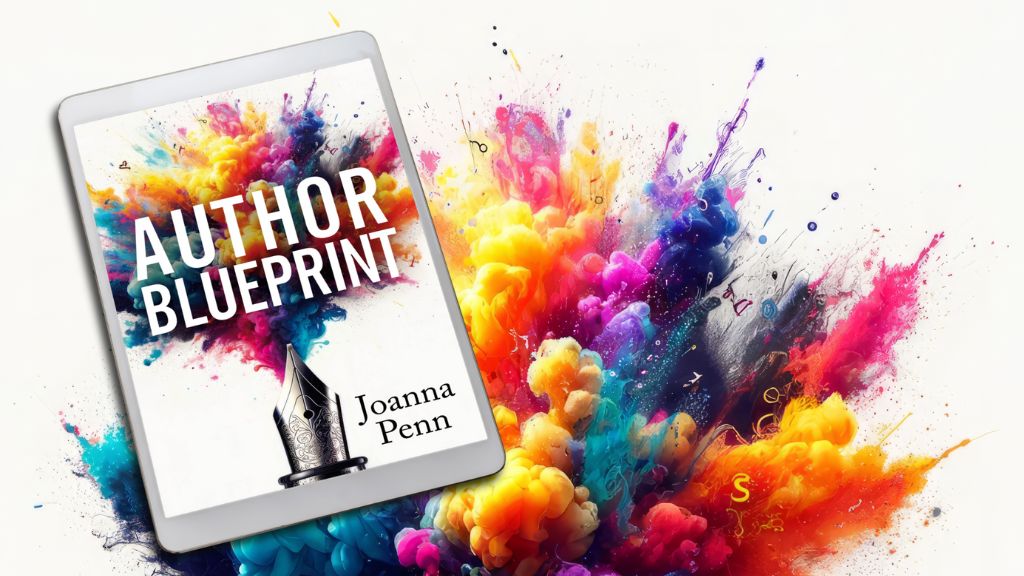
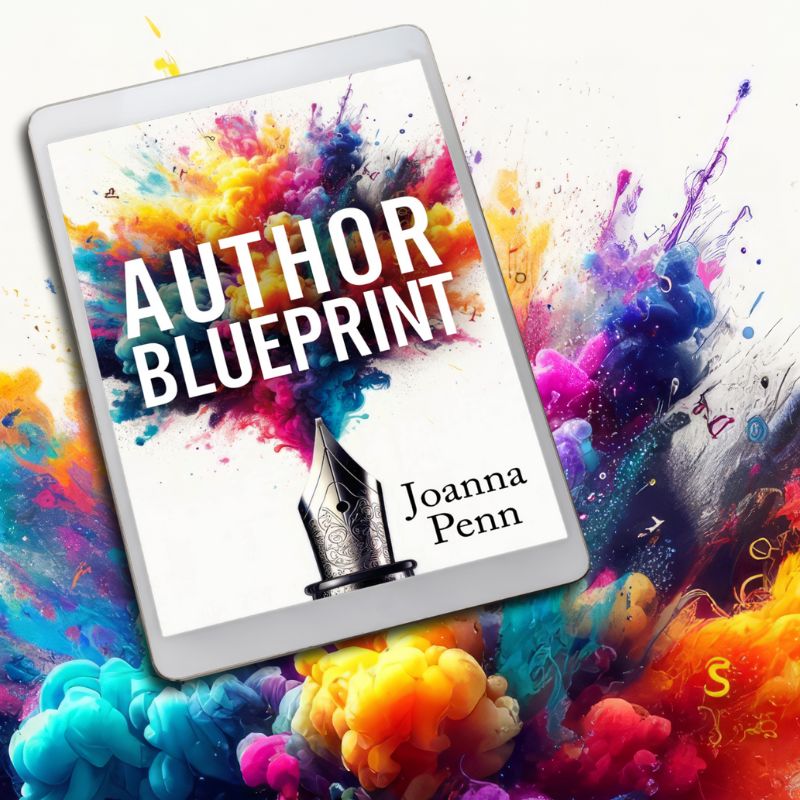
An up-to-date article like this for punctuating dialogue/reported speech would be helpful. *nervously checks punctuation before submitting comment
Punctuation can be a confusing thing. I do remember reading that it’s only okay to use two exclamation marks in your life. I fear I’ve used mine already.
Really enjoyed this post! I am a freelance copyeditor and proofreader, and the most frequent issue I encounter in authors’ work, hands down, is what I call the “let’s eat Grandma” comma pattern: a missing comma, as in, “I don’t think so Walter” rather than “I don’t think so, Walter”.
But you know what’s worse? I increasingly keep seeing this in PUBLISHED books by indie authors. It looks sloppy, unprofessional, and it absolutely punches me in the eye. I can’t enjoy a book with incorrect punctuation and always alert authors, at the risk of causing an offence.
“Let’s eat Grandma” – that’s brilliant! 🙂
I absolutely agree about published books with glaring punctuation errors. Not only that, but syntax and spelling, too. Not to mention word use.
It’s not only self-published books, either. I’ve found the same in traditionally published works too.
This is the first time I’ve been on your site and blog, having literally just published my own very first blog this afternoon. I’ve already found loads on here that is helping to give me ideas, but also put my own mind at rest about writing (I suffer from anxiety). I really enjoyed this article, I am now thinking of ways to restructure my future posts to break them up with creative uses of punctuation. I tend to fall into the habit of just using bullet points too much *face palm*.
Thanks, will be back on your site more over the next few days and weeks.
*waves goodbye*
over the years I have seen some horrific use of punctuation. This was useful. I would like to have seen a bit more detailing some areas where formal punctuation is still the norm. one area that I always mess up is where to put question marks? Parenthetical comments still trip me up. My wife commits comma splices and run on sentences all the time.
all in all a great article just a few more details on what to avoid nowadays would be appreciated.
This article reminds me of the famous quote: “King Charles I walked and talked half an hour after his head was cut off”. Apparently, this began as a punctuation lesson about adding a full stop (period) and a comma for the statement to make sense – i.e. “King Charles I walked and talked. Half an hour after, his head was cut off”. According to the humorous satire of British history “1066 And All That,” most British people prefer to remember the original sentence written on the school blackboard as part of the nation’s great history.
This was very well said. Spot on.
So glad to see this one: ‘Ellipses show that text is missing, a pause, or trailing off.’
I’ve had a lot of arguments about what they mean.
Thanks for sharing.
A bit about italics would have been nice. A kind of sneaking punctuation.
I’ll pass on the modern punctuation and stick with traditional, which is drilled into my brain and doesn’t confuse anyone. I’ll instead work to excite and interest readers with my story telling.
I’m a punctuation junkie and read every article about it. If you’re interested, my post on Five Writing Mistakes that Can Kill Your Productivity.